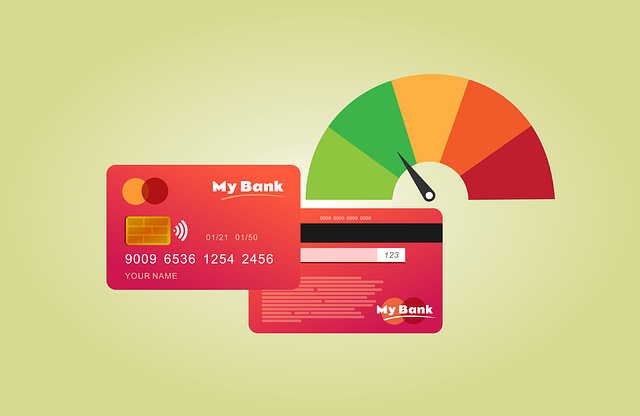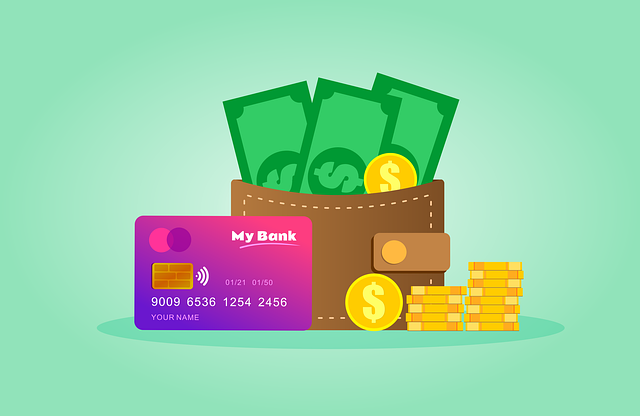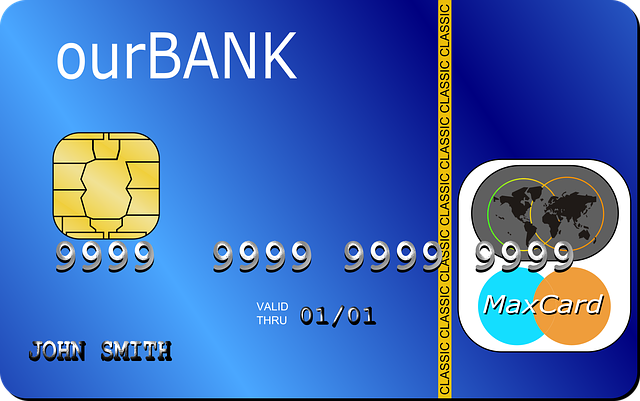In the dynamic Real Estate market, staying ahead of trends requires understanding key industry drivers like technology and sustainability. By analyzing these factors, investors can strategically lower their debt utilization ratios, prioritizing high-interest debts and creating budgets that balance essentials, savings, and repayment. Maintaining a low ratio unlocks benefits such as better mortgage terms, wider property access, larger down payments for lower rates, and ultimately reduced borrowing costs, contributing to successful investments and wealth accumulation.
In the competitive world of real estate, maintaining a robust financial foundation is key to success. One crucial metric to monitor is your debt utilization ratio—the comparison between outstanding debt and your income. A low debt-to-income ratio signifies fiscal health and opens doors to lucrative real estate opportunities. This article guides you through understanding this ratio’s impact on your investments, offers practical strategies to reduce debt, and highlights the long-term advantages of a healthy financial stance in the real estate market.
Understanding Debt Utilization Ratio and Its Impact on Real Estate Investments

Strategies to Lower Debt Utilization: A Step-by-Step Guide

Lowering your debt utilization ratio is a strategic process that requires a thoughtful, step-by-step approach, especially in the competitive real estate market. Here’s a guide to help navigate this journey:
1. Assess Your Current Situation: Begin by evaluating your existing debts and their impact on your financial health. Understand the interest rates, repayment terms, and minimum payments for each debt, whether it’s a mortgage, credit cards, or personal loans. This step is crucial as it enables you to identify areas that need immediate attention.
2. Prioritize High-Interest Debts: Focus on paying off debts with the highest interest rates first. These debts often have a more significant financial burden over time. In the real estate context, this might mean accelerating mortgage payments if possible. By targeting high-interest debt, you can reduce the overall cost of borrowing and improve your utilization ratio faster.
3. Create a Budget: Craft a realistic budget that allocates funds for essential expenses, savings, and debt repayment. This budget will serve as your roadmap to financial stability. Ensure it includes provisions for regular payments towards all debts and sets aside money for future financial goals, like a down payment on a property.
4. Cut Non-Essential Expenses: Review your spending habits and identify areas where you can cut back. Consider eliminating discretionary purchases or negotiating better rates on services to free up extra cash flow for debt repayment. Every dollar saved can be directed towards reducing your debt burden.
Long-Term Benefits of Maintaining a Healthy Debt-to-Income Ratio in Real Estate

Maintaining a low debt utilization ratio is not just beneficial in the short term; it offers significant advantages for your financial health, especially when considering investments in real estate. A healthy debt-to-income ratio indicates that a substantial portion of your income remains after covering essential expenses and loan payments. This freedom from excessive debt allows individuals to allocate more resources towards saving and investing, which is crucial in the competitive real estate market.
In the long run, a balanced approach to borrowing can lead to greater financial stability and opportunities for growth. For instance, it enables buyers to secure favorable mortgages, negotiate better terms, and potentially access a wider range of properties. A healthy debt utilization ratio also translates to more substantial down payments, which can result in lower-interest rates and reduced borrowing costs over the lifetime of a mortgage. This strategic financial decision can set the stage for successful real estate investments and long-term wealth accumulation.






